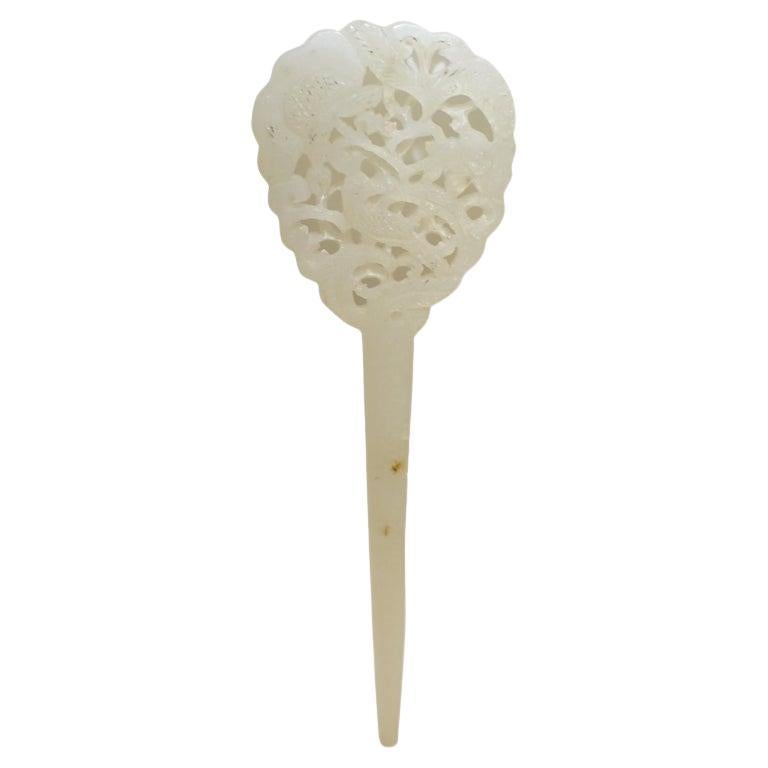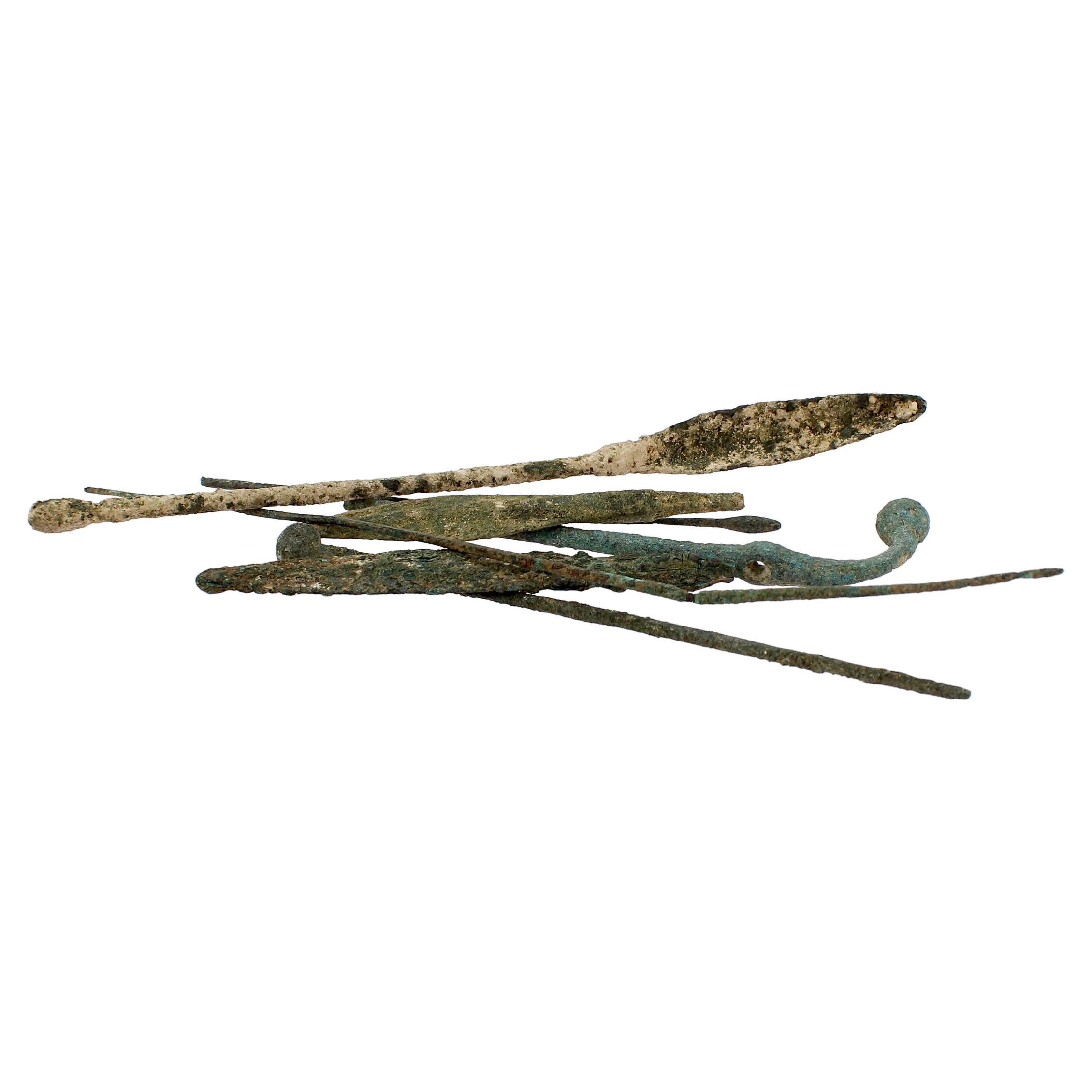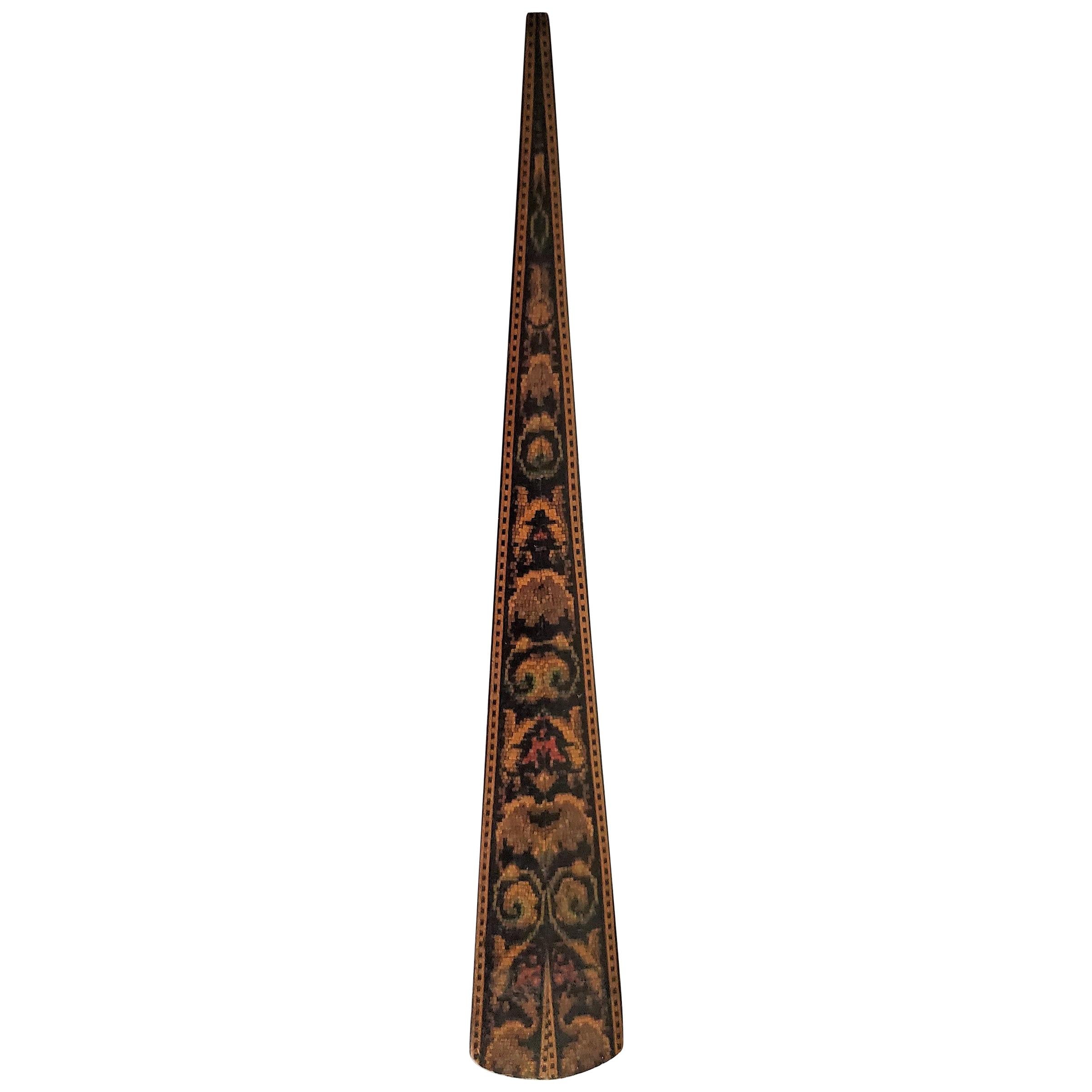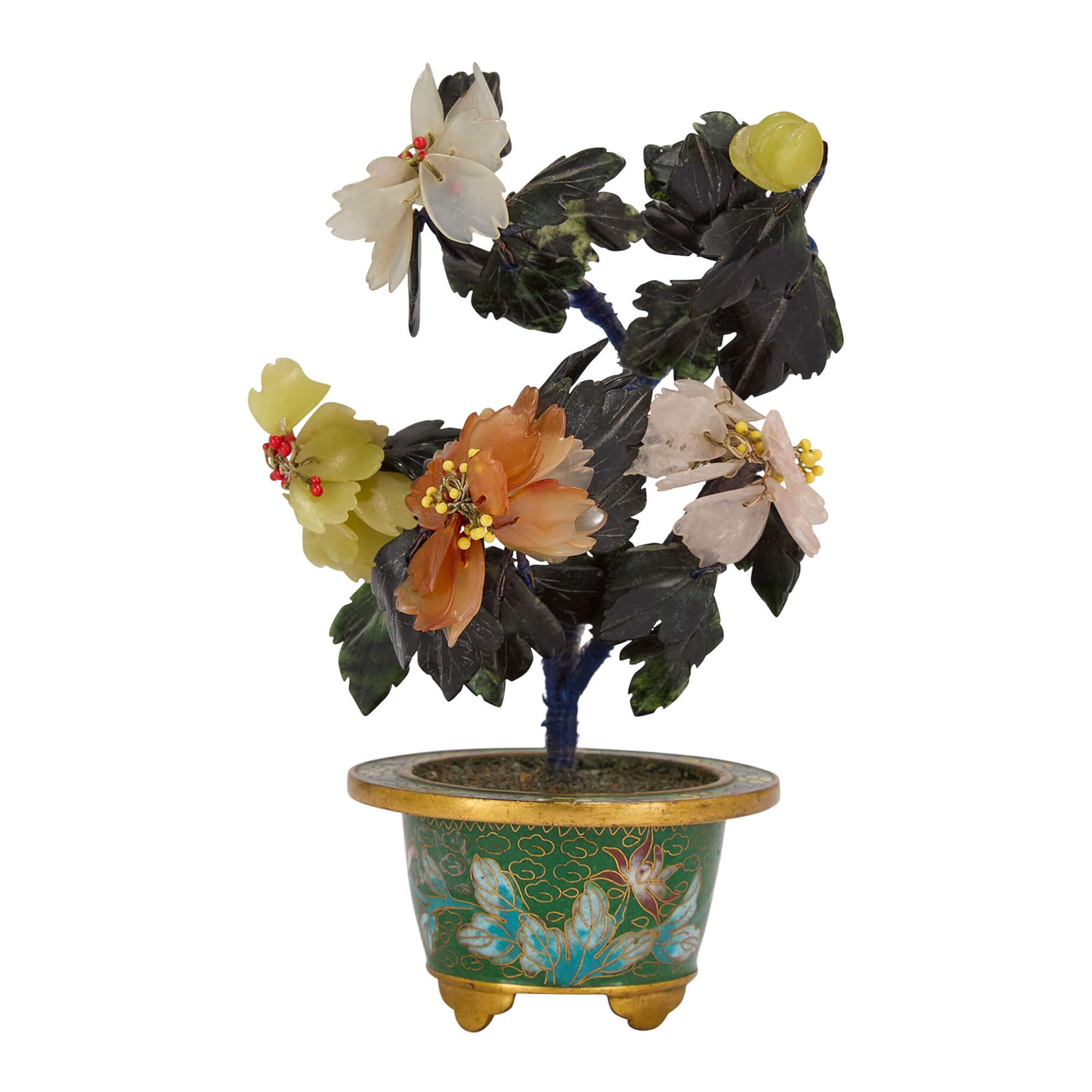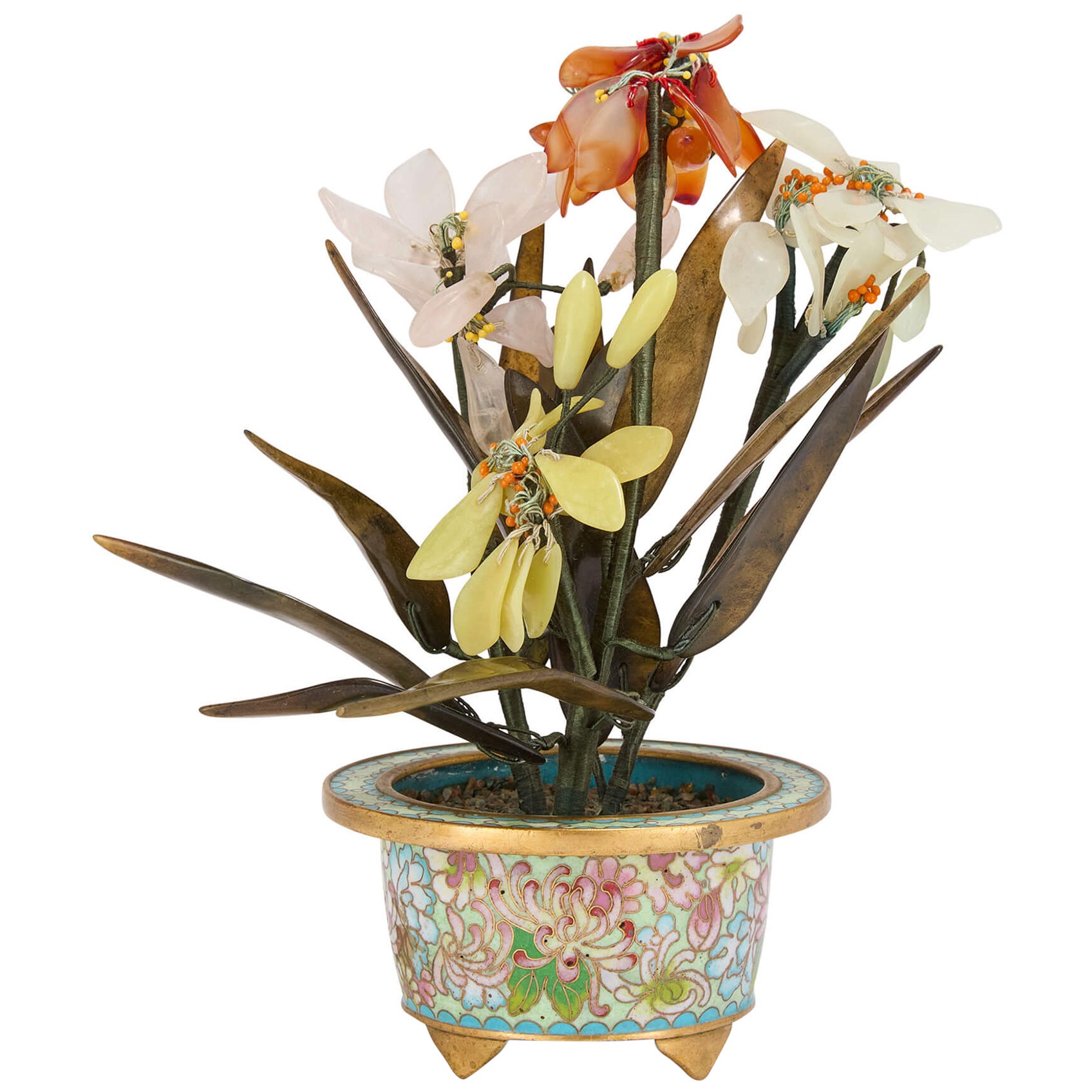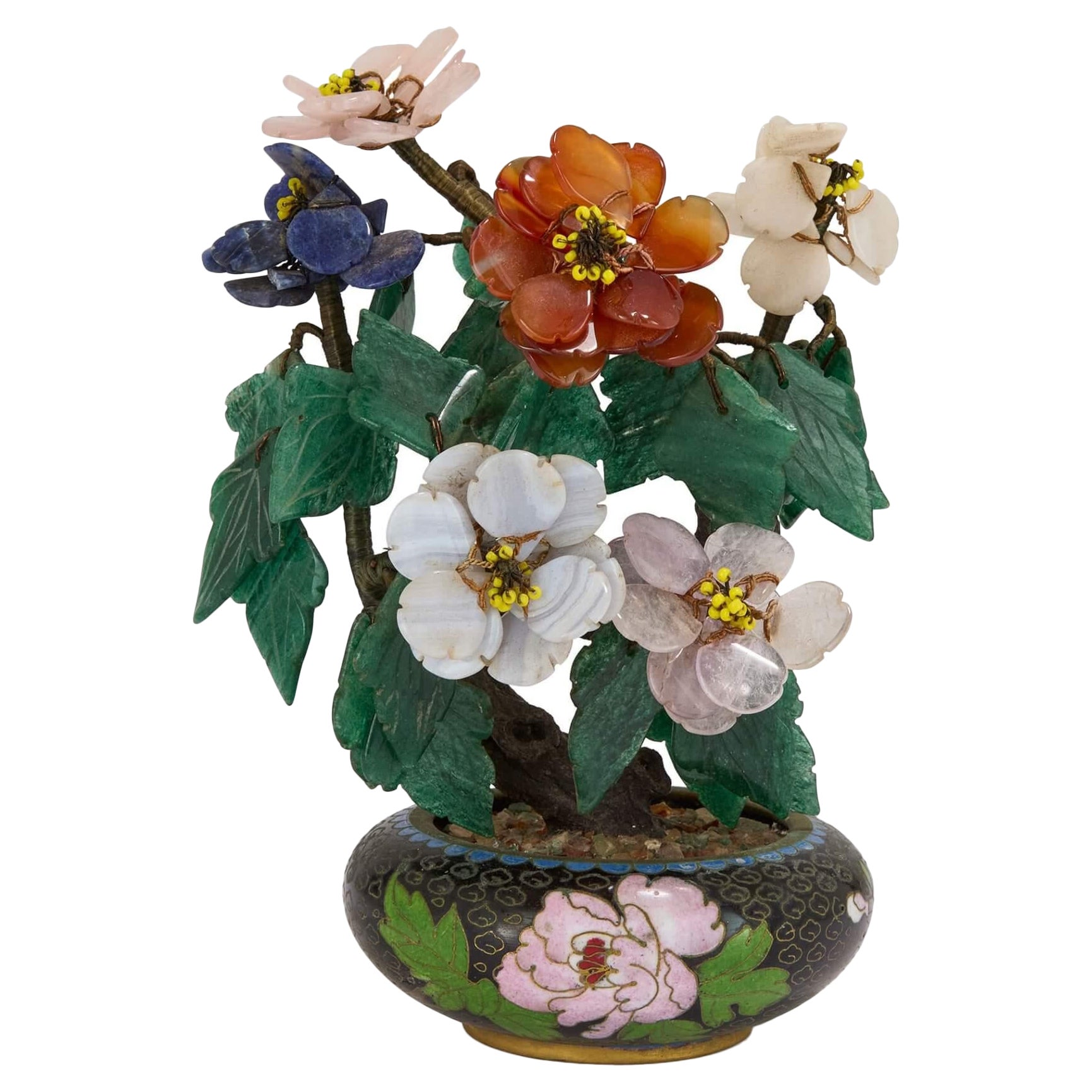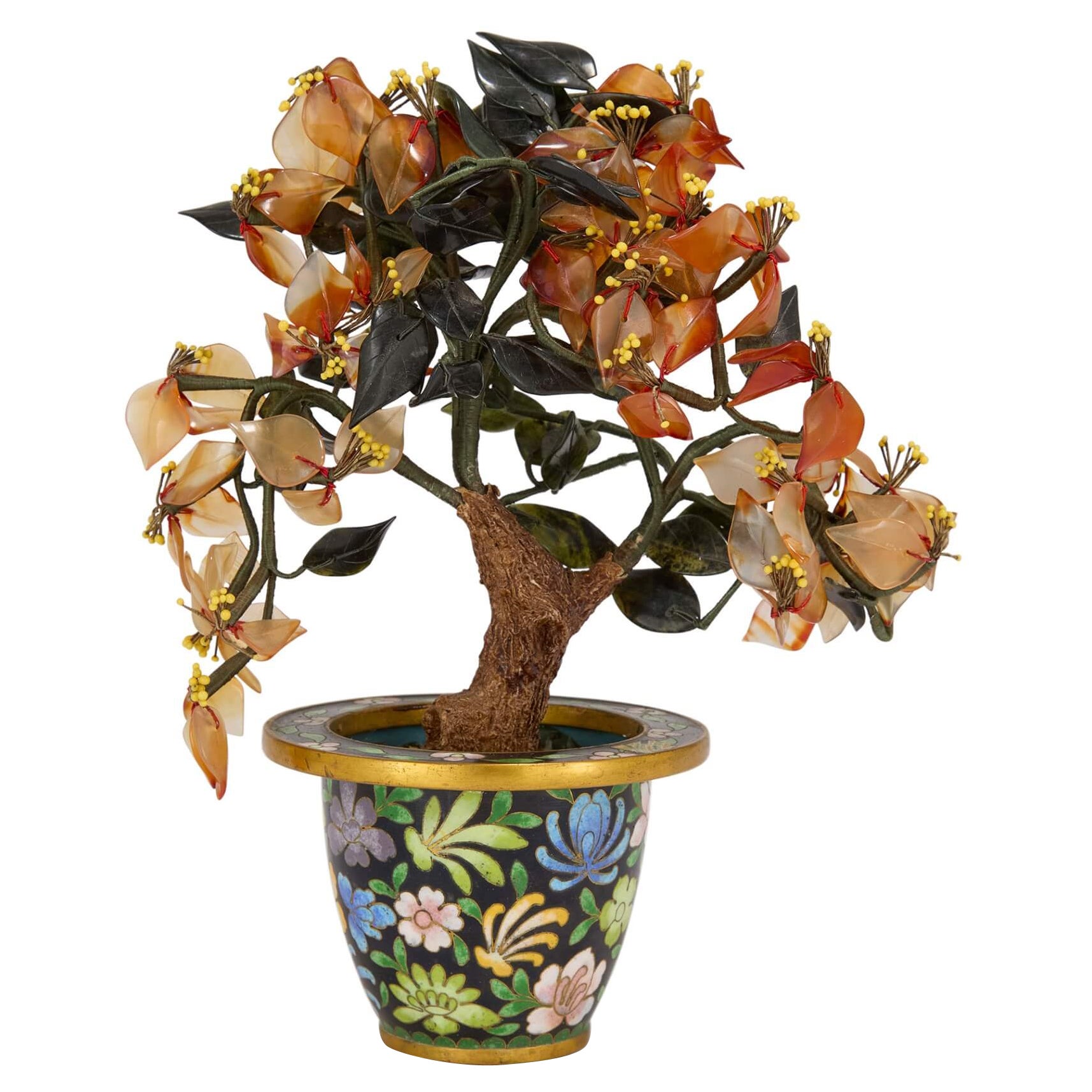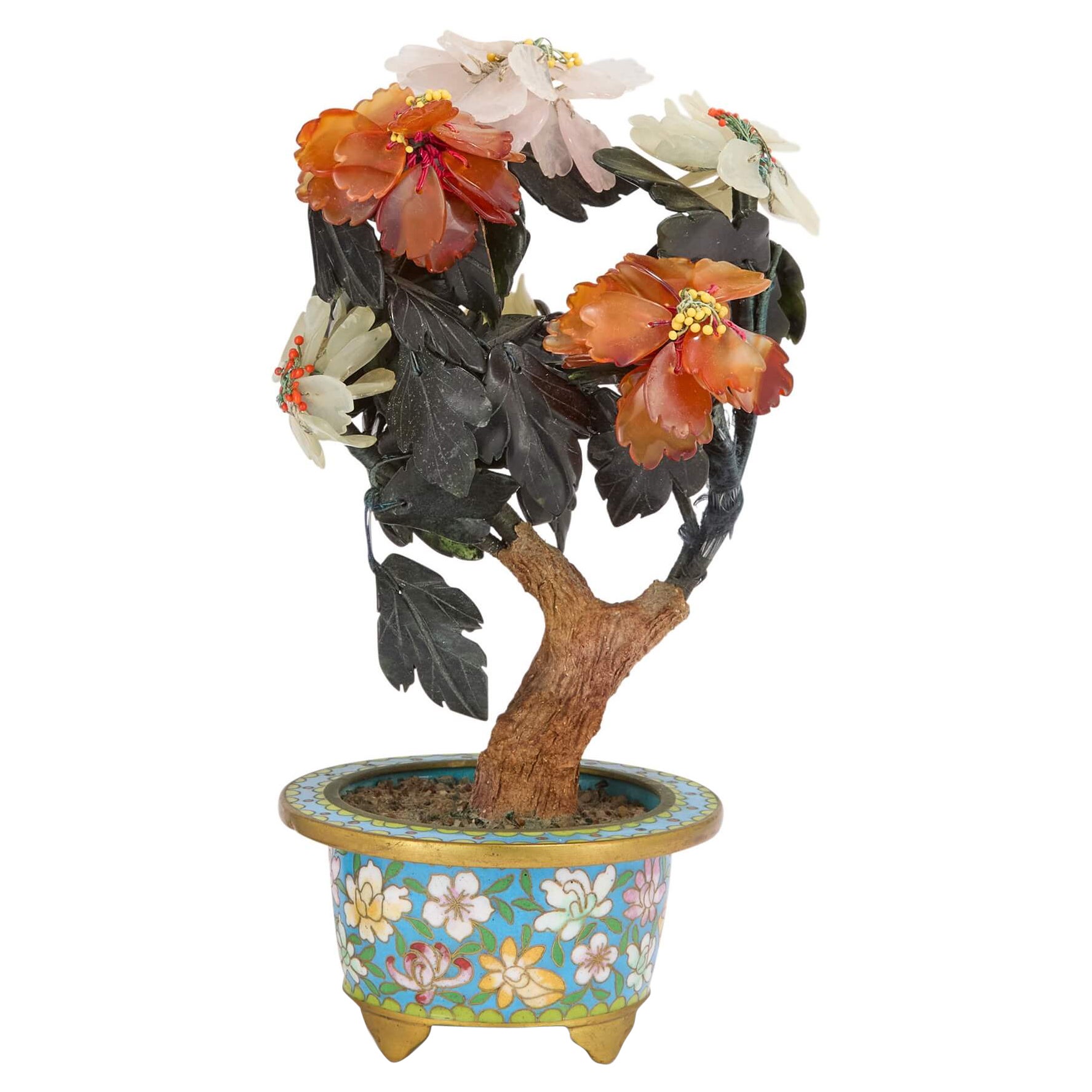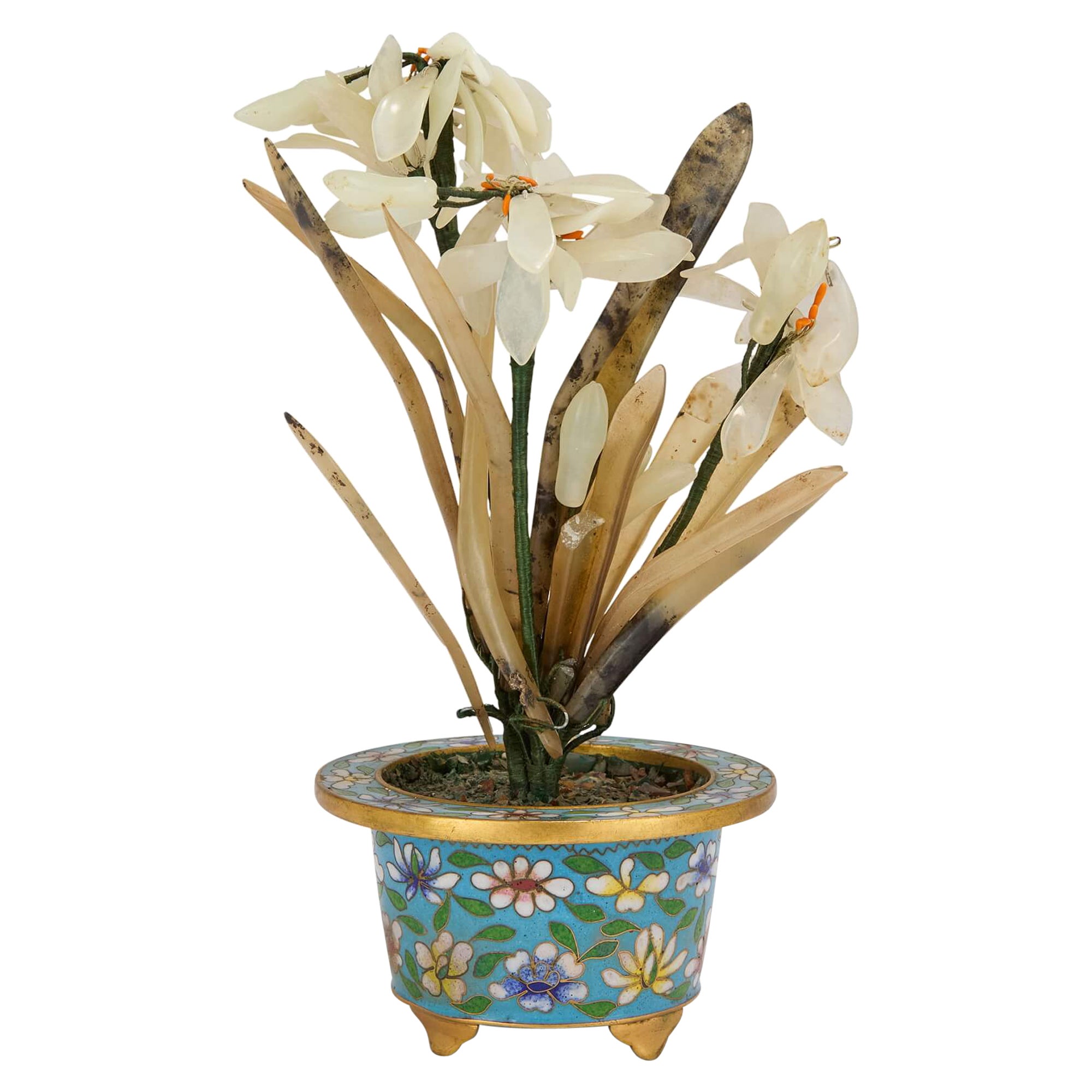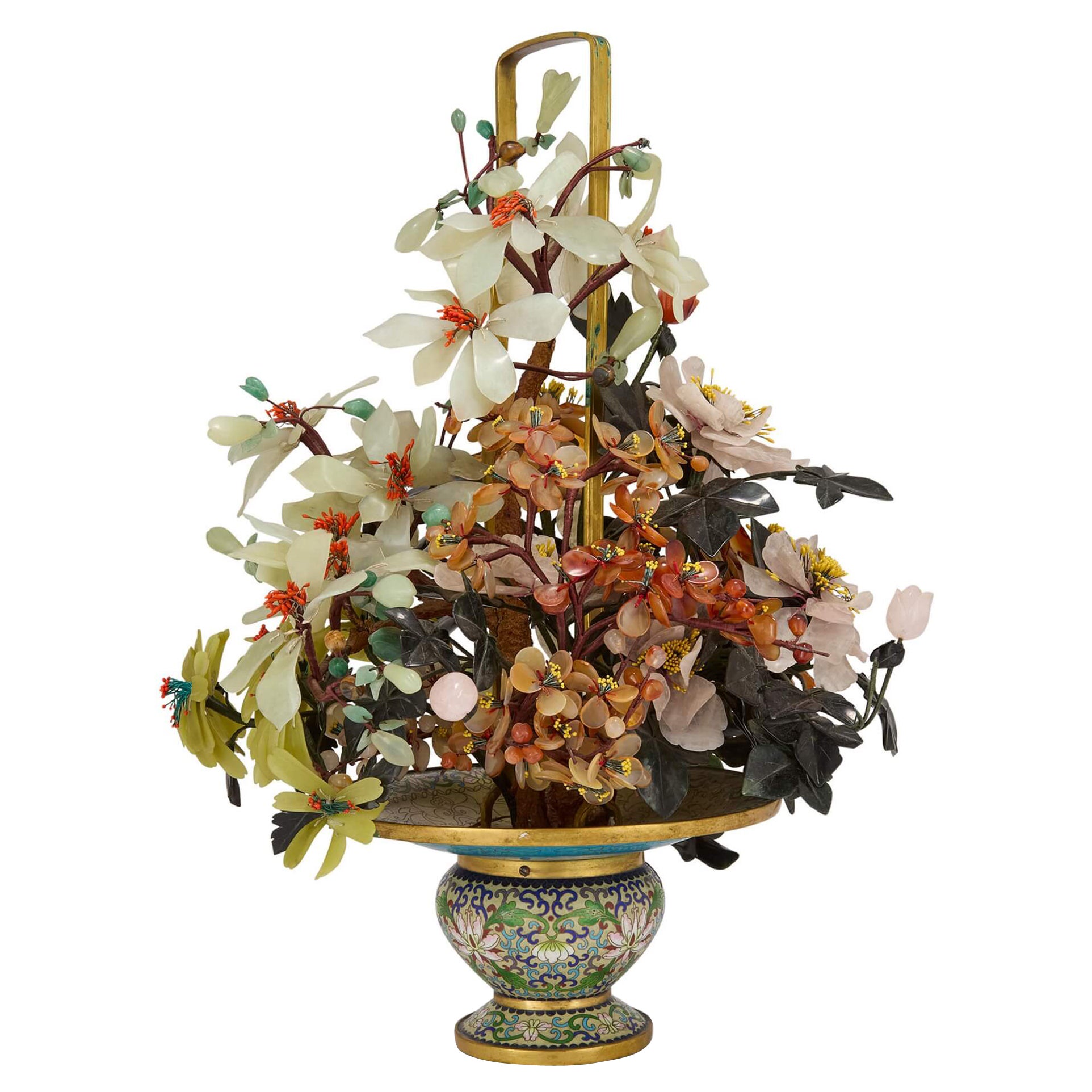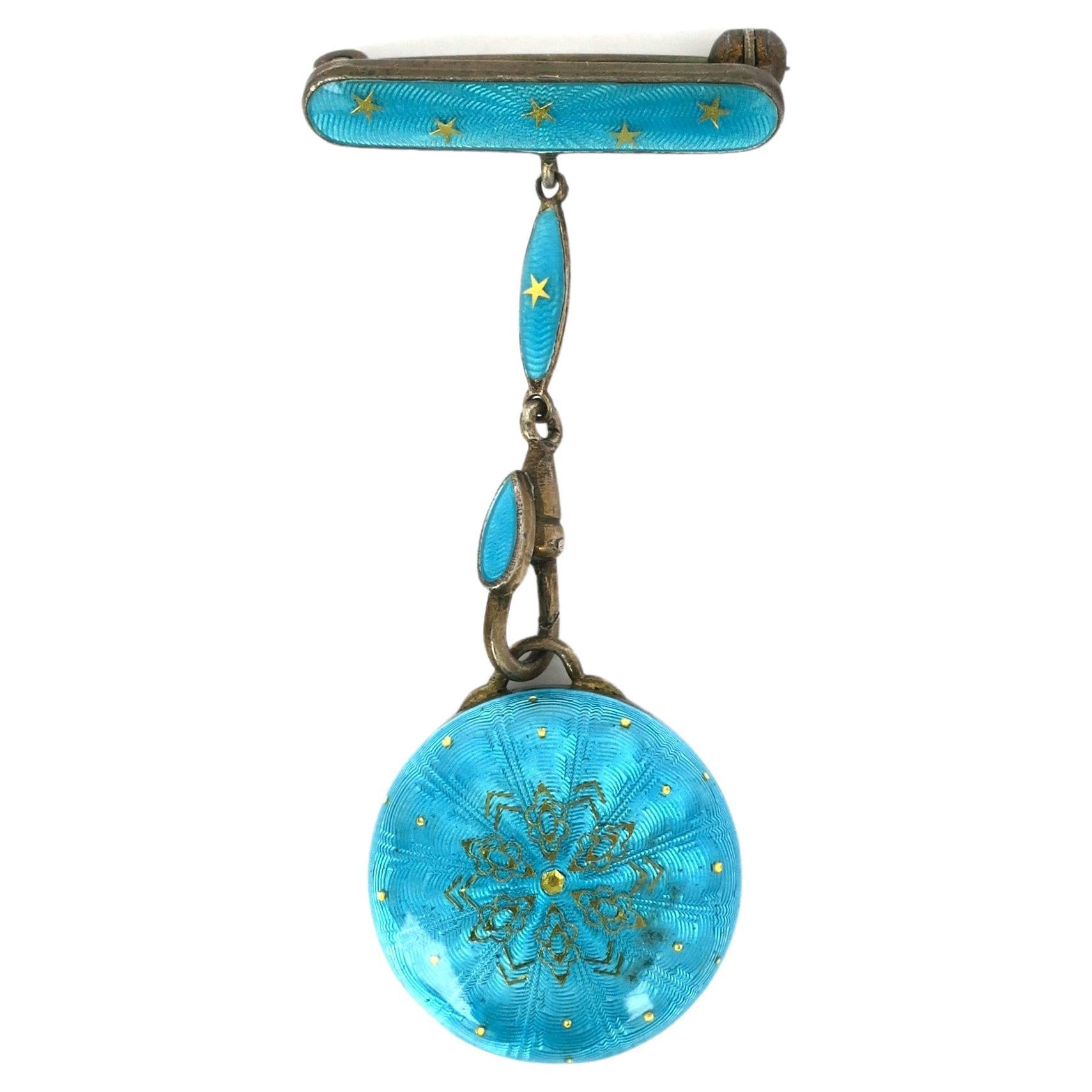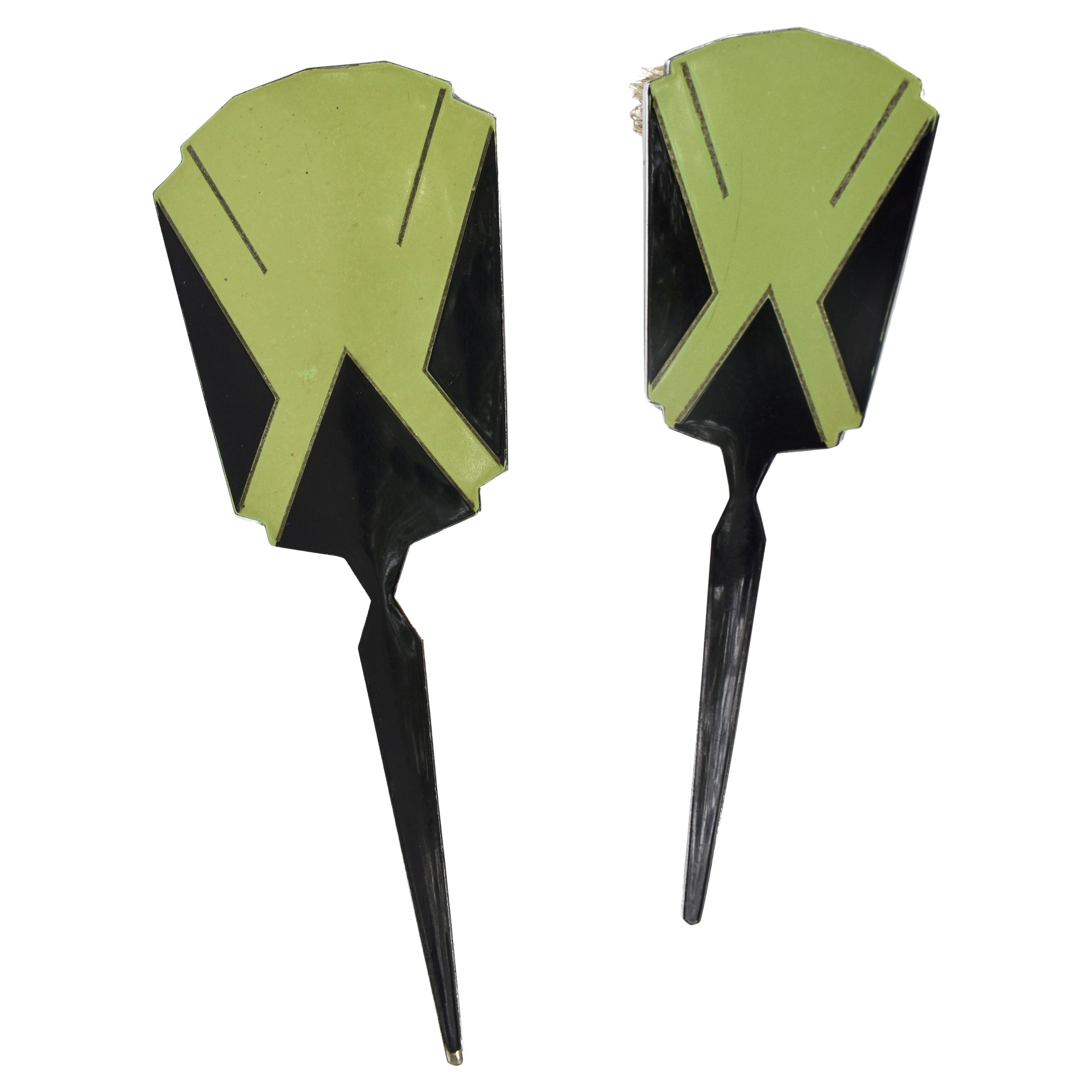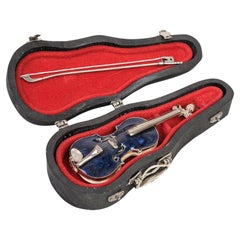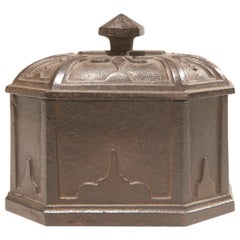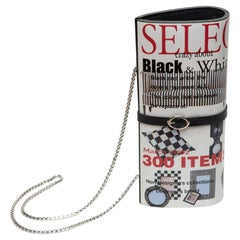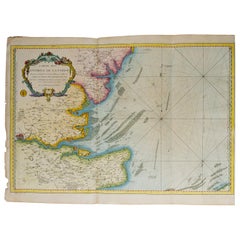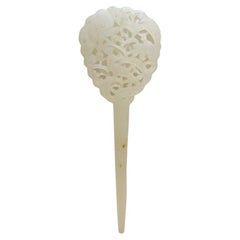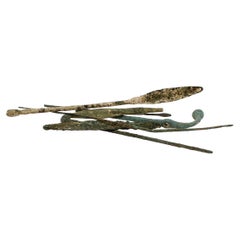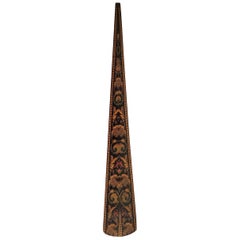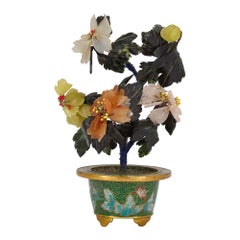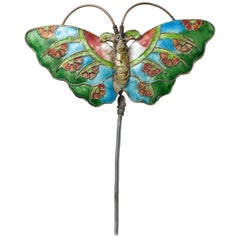
Enamel Chinese Hair Pin
View Similar Items
Want more images or videos?
Request additional images or videos from the seller
1 of 5
Enamel Chinese Hair Pin
About the Item
- Dimensions:Height: 4.34 in (11 cm)Width: 5.91 in (15 cm)Depth: 0.79 in (2 cm)
- Style:Chinoiserie (In the Style Of)
- Materials and Techniques:Brass,Enameled
- Place of Origin:
- Period:
- Date of Manufacture:1880
- Condition:Wear consistent with age and use. minor wear only in reverse.
- Seller Location:Alessandria, IT
- Reference Number:1stDibs: LU137923257502
About the Seller
4.9
Vetted Professional Seller
Every seller passes strict standards for authenticity and reliability
Established in 1984
1stDibs seller since 2015
362 sales on 1stDibs
Typical response time: 4 hours
Authenticity Guarantee
In the unlikely event there’s an issue with an item’s authenticity, contact us within 1 year for a full refund. DetailsMoney-Back Guarantee
If your item is not as described, is damaged in transit, or does not arrive, contact us within 7 days for a full refund. Details24-Hour Cancellation
You have a 24-hour grace period in which to reconsider your purchase, with no questions asked.Vetted Professional Sellers
Our world-class sellers must adhere to strict standards for service and quality, maintaining the integrity of our listings.Price-Match Guarantee
If you find that a seller listed the same item for a lower price elsewhere, we’ll match it.Trusted Global Delivery
Our best-in-class carrier network provides specialized shipping options worldwide, including custom delivery.More From This Seller
View AllLittle Silver and Enamel Violin Miniature
Located in Alessandria, Piemonte
Beautiful signed Italian Tuscan miniature violin, silver and blue enamel, in its little case, by jeweler Sacchetti.
A delight !
ref. A/2849.
Category
Vintage 1980s Italian Beaux Arts Models and Miniatures
Materials
Silver
Not only for tobacco: Cast Iron English Old Box
Located in Alessandria, Piemonte
Rare English tobacco cast iron box, Victorian time: for connoisseurs !
If You don't smoke, it serves as a paperweight and it's beautiful to admire on You...
Category
Antique 19th Century English Victorian Tobacco Accessories
Materials
Cast Stone
$389 Sale Price
28% Off
Metal Handbag
Located in Alessandria, Piemonte
This bag is very interesting; I don't remember where I found, but I think during a travel to USA.
I'm old now and don't use anymore: to tell the truth, I've never used it, I liked h...
Category
Late 20th Century American Other Models and Miniatures
Materials
Metal
$405
Map "Estuary- Mouth of the Thames"
Located in Alessandria, Piemonte
ST/426 - Antique French Map of the estuary of the Thames, map dated 1769 -
"Mape of the entrance of the Thames. Designed by filing of Navy cards fo...
Category
Antique Mid-18th Century French Other Prints
Materials
Paper
Old Antiques Books
Located in Alessandria, Piemonte
Two interesting Antiques books from my collection, indispensable for an antique dealer:
"A thousand pieces of furniture from Emilia" (Graziano Manni) - cm.34x25x3 -
"Passionati and ...
Category
Late 20th Century Italian Other Books
Materials
Paper
$429 / set
Antique Friezes of Grapes in Gilded Wood
Located in Alessandria, Piemonte
Rare pair of antique freezes with grapes in gilded wood: very beautiful. Probably they were part of some large mirror that broke, who knows where, when and how.
They can be laid over...
Category
Antique Early 19th Century Italian Baroque Revival Models and Miniatures
Materials
Fruitwood
$1,514 / set
You May Also Like
Antique White Jade Chinese Hair Pin Finely Carved
Located in Somis, CA
This beautiful white jade hair pin is a work of art. An oval head with scalloped edges is fully carved in three dimensions, showcasing an elegant peasant perched among the branches o...
Category
Early 20th Century Chinese Qing Collectible Jewelry
Materials
Jade
$550 Sale Price
50% Off
Group of Ancient Roman Bronze Tools & Hair Pins
Located in Philadelphia, PA
A fine group of ancient Roman bronze implements and artifacts.
Consisting of pins & several small scale tools.
From the private collection of Lawrence Majewski, who was a former co...
Category
Antique 15th Century and Earlier Italian Classical Roman Antiquities
Materials
Bronze
Rare 19th Century English Tunbridgeware Hair Pin or Slide
Located in Dallas, TX
PRESENTING an EXTREMELY UNIQUE and RARE 19C British Tunbridgeware Hair Pin/Bobbin or Slide.
This slide is unlike any of it’s kind we have seen before, it is a VERY RARE survivor.
From circa 1860 – 80 and made in Tunbridge Wells, England.
Made of walnut with gorgeous marquetry inlay on the entirety of the front with classic Tunbridgeware micro-mosaic all over the front. The rear is walnut.
The marquetry inlay appears to be various different woods, namely, maple, walnut and satinwood.
Would have been worn in a Lady’s hair bun with the micro-mosaic facing forward.
This would have belonged to a VERY ELEGANT LADY in the mid to late 19th Century.
Tunbridge ware is a form of decoratively inlaid woodwork, typically in the form of boxes, that is characteristic of Tonbridge and the spa town of Royal Tunbridge Wells in Kent in the 18th and 19th centuries. The decoration typically consists of a mosaic of many very small pieces of different coloured woods that form a pictorial vignette. Shaped rods and slivers of wood were first carefully glued together, then cut into many thin slices of identical pictorial veneer with a fine saw. Elaborately striped and feathered bandings for framing were pre-formed in a similar fashion.
There is a collection of Tunbridge ware in the Tunbridge Wells Museum and Art Gallery in Tunbridge Wells.
The famous makers of Tunbridge ware were in the Tunbridge Wells area of Kent; their most notable work was from circa 1830-1900.
Early makers of Tunbridge ware, in Tunbridge Wells in the mid-18th century, were the Burrows family, and Fenner and Co. In the 19th century, around 1830, James Burrows invented a technique of creating mosaics from wooden tesserae. Henry Hollamby, apprenticed to the Burrows family, set up on his own in 1842 and became an important manufacturer of Tunbridge ware, employing about 40 people.
Edmund Nye (1797–1863) and his father took over the Fenner company when William Fenner retired in 1840, after 30 years in partnership with him. Thomas Barton (1819–1903), previously apprenticed at the Wise factory, joined the Nyes in 1836, and worked as Nye’s designer; he took over the business in 1863 and continued there until his death.
In Tonbridge (near to Tunbridge Wells), George Wise (1703–1779) is known to have had a business in 1746. It continued with his son Thomas, and Thomas’s nephew George (1779–1869), who took over in 1806. In its early years the company made articles such as workboxes and tea caddies with prints of popular views; later items had pictures created from mosaics. Their workshop in Tonbridge, Wise’s Tunbridge Ware Manufactory, was next to the Big Bridge over the Medway; the building was demolished in 1886 to widen the approach to the bridge.
Tunbridge ware became popular with visitors to the spa town of Tunbridge Wells, who bought them as souvenirs and gifts. Articles included cribbage boards, paperweights, writing slopes, snuffboxes and glove boxes.
At the Great Exhibition of 1851, Tunbridge ware by Edmund Nye, Robert Russell and Henry Hollamby was shown; Edmund Nye received a commendation from the judges for his work. He exhibited a table depicting a mosaic of a ship at sea; 110,800 tesserae were used in making the picture.
The manufacturers of Tunbridge ware were cottage industries, and they were no more than nine in Tunbridge Wells and one in Tonbridge. The number declined in the 1880s; competent craftsmen were hard to find, and public tastes changed. After the death of Thomas Barton in 1903 the only surviving firm was Boyce, Brown and Kemp, which closed in 1927.
Marquetry was an old technique which was continued by Nye and Barton to create images such as birds or butterflies.
‘Green Oak’ as caused by the fungus Chlorociboria aeruginascens.
Stickware and half-square mosaic was invented by James Burrows in about 1830: a bunch of wooden sticks of different colours, each having triangular or diamond-shaped cross section, were tightly glued together; in the case of stickware, the resulting block was dried, then turned to form an article such as the base of a pincushion. For half-square mosaic, thin slices were taken from the composite block, and applied to a surface.
Tesselated mosaic, was a development by James Burrows of half-square mosaic; it was adopted by George Wise and Edmund Nye. Minute tesserae were used to form a wide variety of geometric and pictorial designs.
Many sorts of wood were used for the various colours; about 40 were in regular use. Only natural colors were used; green was provided by “green oak”, produced by the action of fungus on fallen oak. Designs for articles were often taken from designs of Berlin wool work.
Category
Antique Late 19th Century English High Victorian Collectible Jewelry
Materials
Satinwood, Walnut
Chinese Hardstone and Cloisonné Enamel Flower Model
Located in London, GB
Chinese hardstone and cloisonné enamel flower model
Chinese, 20th Century
Height 14cm, depth 8cm, width 8cm
This Chinese flower model, crafted in the 20th century, is a captivating...
Category
20th Century Chinese Models and Miniatures
Materials
Stone, Agate, Metal, Enamel
Chinese Cloisonné Enamel and Hardstone Flower Model
Located in London, GB
Chinese cloisonné enamel and hardstone flower model
Chinese, 20th Century
Height 17cm, width 15cm, depth 12cm
This charming hardstone flower arrangement showcases the artistry and m...
Category
20th Century Chinese Models and Miniatures
Materials
Stone, Agate, Metal, Enamel
Bucherer Swiss Sterling Silver and Enamel Pin Brooch Watch Holder
By Bucherer
Located in New York, NY
A Swiss sterling silver and guilloche enamel pin brooch watch holder by Bucherer, circa early-20th century, Switzerland. This is a pin and a watch holder ...
Category
Early 20th Century Swiss Collectible Jewelry
Materials
Sterling Silver, Enamel
